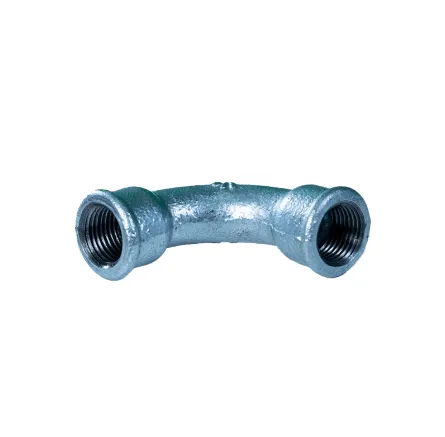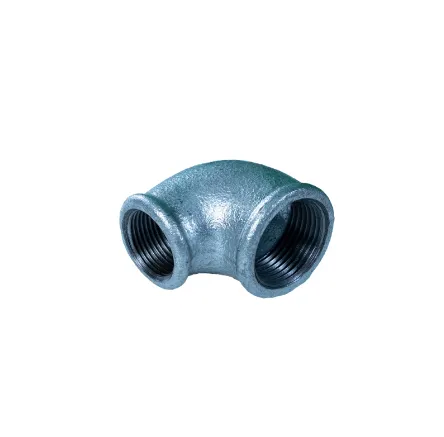Dated on Februari-15-2025
Navigating the intricate world of joint threads can be daunting, yet it holds the key to many successful engineering solutions. Joint threads are not just the spiral grooves seen on screws or bolts; they represent a quintessential component in the field of manufacturing, engineering, and construction. The role these threads play in securing structures, machines, and even everyday items is indispensable, offering both robust connectivity and the flexibility of dismantling if necessary.

My journey into the realm of joint threads began in the bustling workshops of an engineering firm, where precision and perfection were the daily mantra. Initially, the wide variety of threads available overwhelmed me, from Unified National Threads (UN) and Metric threads to the lesser-known British Standard Whitworth. Yet, as I predominantly worked with metric threads, I realized the importance of choosing threads that are consistent with the design requirements and the materials used.
An insightful experience I recall involved a project that required creating large, load-bearing structures.
This project underscored that not all threads are created equal. The distinction between fine and coarse threads, for instance, could spell the difference between a seamless assembly and a disaster waiting to happen. Fine threads, with their higher load-carrying capacity due to increased contact area, became our threads of choice for applications demanding heightened strength and precision.

One of the critical lessons from working extensively with joint threads is the importance of standards and compatibility. National and international standards, like ISO, govern thread dimensions and tolerances, ensuring that components made in different parts of the world can fit together seamlessly. This standardization might seem bureaucratic at first, but these specifications are the backbone of manufacturing reliability and consumer safety.
In terms of expertise, understanding the mechanics and the physics behind threads can enhance daily operations significantly. The principles of friction, tension, and shear come into play, crucial for preventing joint failures. The torque applied to bolts using threads, for instance, is not arbitrary; it must achieve the right balance between holding force and avoiding over-tightening, which can lead to stripping or fatigue.
joint thread
Maintaining credibility and trustworthiness in this field involves not only adhering to these technical standards but also staying abreast of technological advancements. The emergence of self-locking threads, for instance, which prevent loosening, caters to industries where vibration is a constant challenge. Utilizing a thread locking adhesive can offer additional security, an invaluable tip that has saved many projects from premature failure.
The authority in the field of joint threads comes from years of experience and a collaborative approach to innovation. Connecting with fellow engineers through forums and professional associations provides a treasure trove of insights and emerging trends. Industry conferences further offer unparalleled opportunities to engage with the newest technologies and solutions, enhancing one's ability to apply joint threads effectively.
Trust, in the final analysis, is built through demonstrated knowledge and consistent delivery of results. A commitment to quality, continuous improvement, and rigorous testing has been integral to establishing reliability. In this journey of mastering joint threads, making informed choices based on application needs and environmental conditions has ensured success across various projects.
In conclusion, joint threads, though seemingly mundane, are a testament to the complexity and ingenuity of engineering. Harnessing their full potential requires a deep understanding of their characteristics, standards, and applications. With precision, expertise, and a commitment to quality, joint threads can elevate the functionality and durability of numerous products, making them an essential component in the spectrum of manufacturing and engineering.
Post time:
Februari-15-2025











